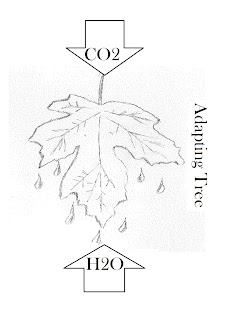Energy conservation is still a hot topic and an important
part of developing stronger, more efficient, and a more innovative economy that
reduces potential solutions. Walmart has become more innovative by using solar
panels on top parking spaces to provide better use of surfaces. Their goal is
to have 100% renewable energy sources that cut back on other bills and
problems.
At the end of 2013 the company had 335 renewable energy
projects. They save the environment 2.2 kWh of energy globally that doesn’t need
to come from oil, gas, coal, or other non-renewable sources. The projects are
completed on a large enough scale that it is more cost effective than others.
You may read more about their efforts at their site.
Walmart is at the forefront of encouraging sustainable energy
development. Something likely reaching way back into the family’s farmer and conservation
past. You will notice this as you drive or walk into the parking lot and see
the carports that protect your automobile from the blistering sun. Kind of nice
to get into your car without a wall of heat while still helping society curb
global warming.
The technology that goes into reusable energy has grown over
the past few decades. Becoming stronger, bigger, and more cost effective for
large companies like Walmart. It is believed that if solar and wind energy were
harnessed appropriately it would supply enough energy for the entire world
(Quanhua, et. al. 2009). This alone can be one reason to keep developing and
implement technology.
It is refreshing to see companies like Walmart make efforts
to curb global warming while reducing their costs on maintaining energy. They
have a goal to someday be 100% renewable in energy. It may be a lofty goal but
if there is one thing that Walmart is good at is finding efficiencies in
economies of scale. It won’t be long other companies start following their
path.
Quanehue, L., et. al. (2009). Solar and wind energy
resources and prediction. Journal of
Renewable & Sustainable Energy, 1 (4).

